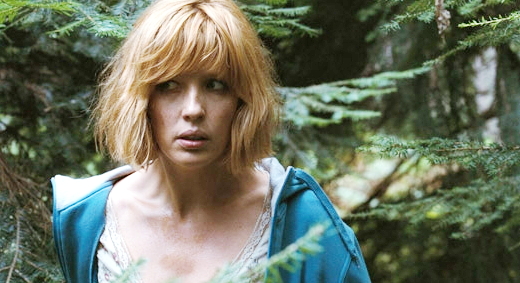Two key questions that we will answer:
a) What does the opening of Eden Lake establish in terms of plot, character and theme?
b) How does the film establish these elements?
In order to answer the how, we will need to draw on our technical knowledge of film (use of camera, sound, and EDITING)
Also, we will look at a specific type of editing - the use of the JUMP CUT, which we will see in Eden Lake.
Jump Cut
Task - watch the clip of A Bout de Souffle (Godard, 1960). What is unusual about this clip in terms of how the shots are put together? Discuss and write a post on it.
How is this unusual edit created? Simply, part of a continuous shot of film is taken away, leaving a jump from one part of the shot to the other (temporal jump cut) Or, a new shot can be taken from a slightly different angle to the last shot, adjusting the camera position slightly (spatial jump cut).
So why use jump cuts? Surely they end up looking quite amateurish, and remind the audience that they are watching something artificial, something "made".
Take a look at this scene from Trainspotting (Boyle, 1996), as Renton is going "cold turkey" to get over his heroin addiction. He is also dealing with the death of a friend's baby. Look for the jump cut at around 29 seconds, and another example afterwards.
Now why has the editor used a temporal jump cut here?
- helps show that this isn't real - Renton is imagining it
- helps convey his sense of confusion, disorientation and paranoia
Now watch the clip of Eden Lake. Can you identify the jump cuts? Are they spatial or temporal? What effects are created by including them? Post your answers on your blog.
Watch the clip again, make notes on what we learn of the story, the main characters, and the key themes or ideas the film will deal with.
Feedback with class.
Watch the clip again, make notes on what we learn of the story, the main characters, and the key themes or ideas the film will deal with.
Feedback with class.


